Since the COVID-19 pandemic was gradually brought under control in 2022, many Asian countries have focused on developing strategies to catch up with new tourism trends. A series of impressive tourism figures in recent times show the region's achievements in reviving the tourism industry after a long period of stagnation due to the pandemic.
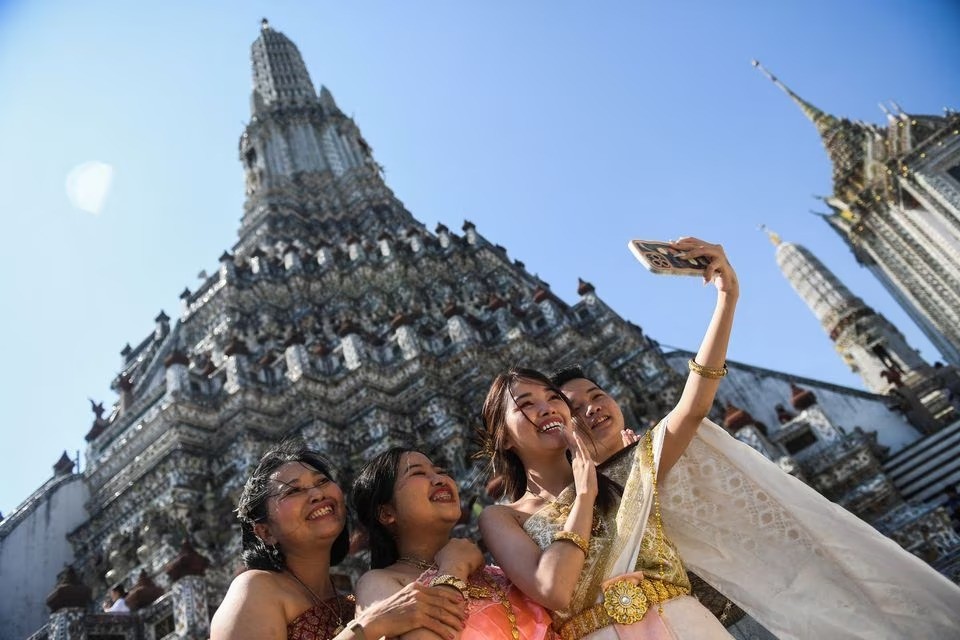 |
Tourists in traditional Thai costumes are taking check-in photos. Photo: Internet |
The international tourism industry has seen a strong recovery as many countries lifted travel restrictions and opened their borders. The positive results in many Southeast Asian countries are a testament to the success of well-planned, flexible and creative visitor attraction strategies. According to the Indonesian Ministry of Tourism and Creative Economy , the Southeast Asian country welcomed 5.2 million international visitors in 2022, a sharp increase compared to the target of 3.6 million. Thailand also said that it welcomed 11.15 million foreign visitors in 2022. This is a spectacular recovery for the smokeless industry of the Land of Golden Pagodas, as the figure in 2021 was only about 428 thousand. Singapore welcomed more than 2.9 million international visitors in the first quarter of 2023, about two-thirds of the number of visitors recorded in the same period in 2019, before the COVID-19 outbreak.
In fact, the COVID-19 pandemic has profoundly changed the way we think about travel. The severe health crisis of the past few years has shown that the world needs to build a more resilient, sustainable and environmentally friendly tourism industry.
At the Indian Ocean Rim Association (IORA) tourism conference, which just ended on May 5, delegates agreed that: Governments need to rethink tourism to turn this smokeless industry into a comprehensive, sustainable, resilient industry in the face of global challenges similar to the COVID-19 pandemic. What needs to be done is for countries to learn from the recent pandemic to improve the tourism industry's ability to cope with risks.
Positive signs from Asian tourism show that countries’ recovery policies are on the right track. Recognizing the change in tourist tastes after the pandemic, Laos has chosen to promote “slow tourism”, helping tourists experience and immerse themselves in local culture and people with unforgettable memories, instead of just visiting famous tourist destinations. National Geographic magazine recently voted Laos into the list of 5 most suitable destinations for slow tourism.
Meanwhile, “medical tourism” is a popular form of tourism in Thailand, because after the pandemic, people are more concerned about health issues. The Thai Ministry of Public Health has been implementing the “Health to Wealth” policy by improving medical care and treatment services. The Land of Golden Pagodas has strongly developed medical infrastructure, attracted the participation of private hospitals and spas in the tourism sector, and built the image of herbal cities to promote health tourism destinations.
However, there are still many barriers to overcome for the tourism industry to truly take off in the near future. The lack of human resources is a major challenge. In Singapore, travel companies shared that they are having difficulty keeping up with the recovery of the tourism industry because they are struggling with a severe shortage of tourist bus drivers. Singapore's ST Lee Transport, a bus leasing company, has only been able to fill 60% of its bus driver positions. The reason is that most of the foreign workers from China and Malaysia returned home when the COVID-19 outbreak began and then did not return to work in Singapore.
In addition, severe air pollution, extreme weather due to climate change, the risk of COVID-19 re-emergence, high inflation, and the Russia-Ukraine conflict disrupting the global supply chain are other challenges./.
According to Nhan Dan Newspaper
Source link


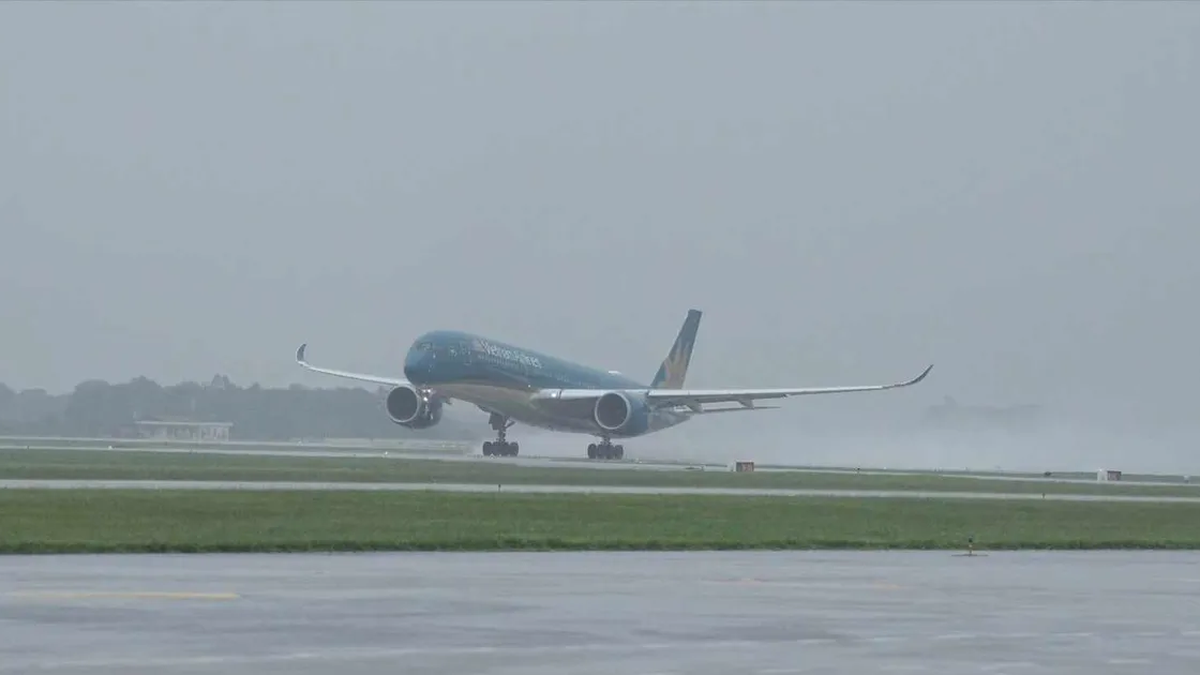
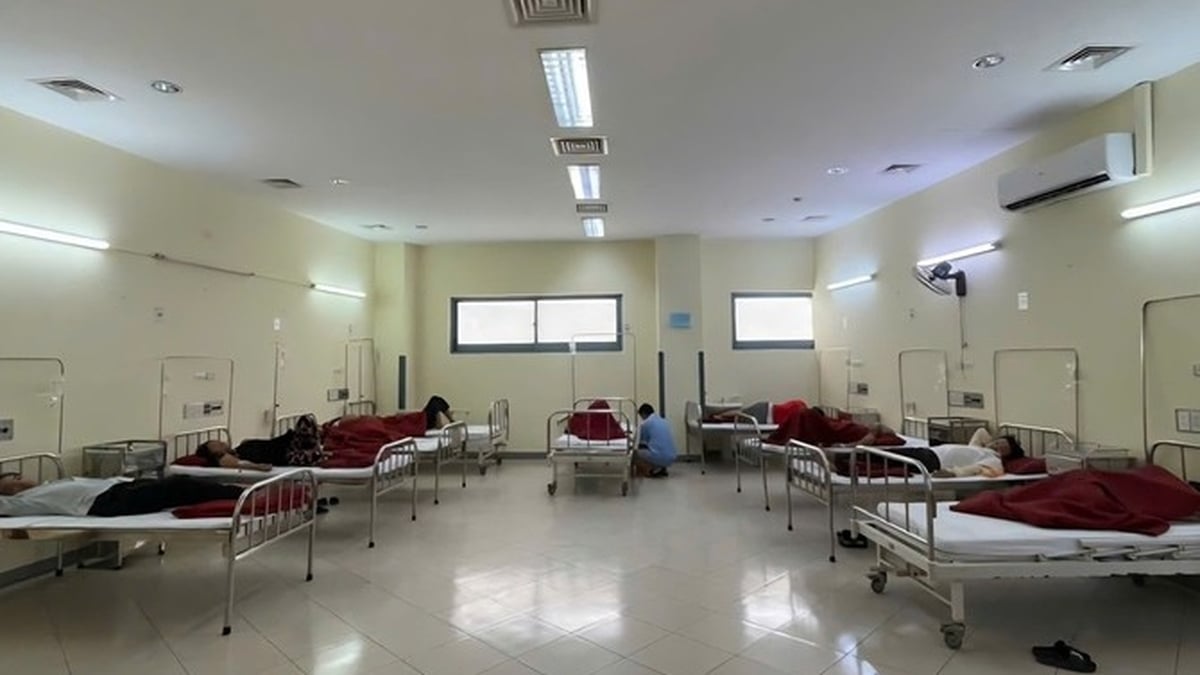
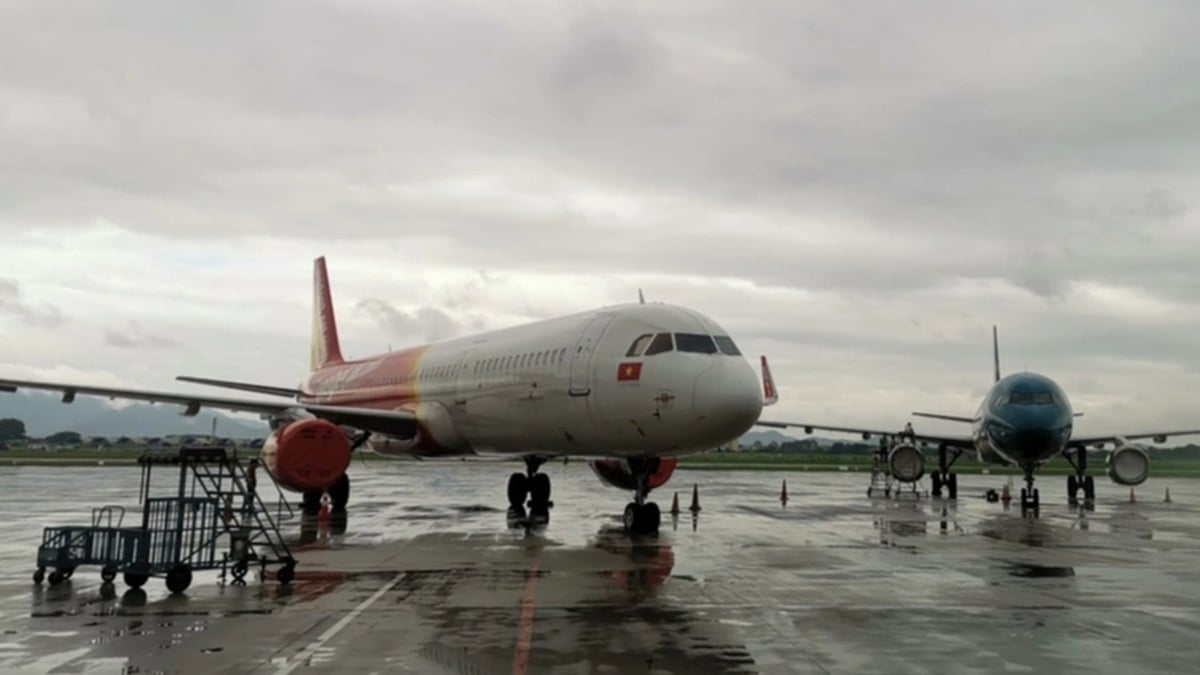
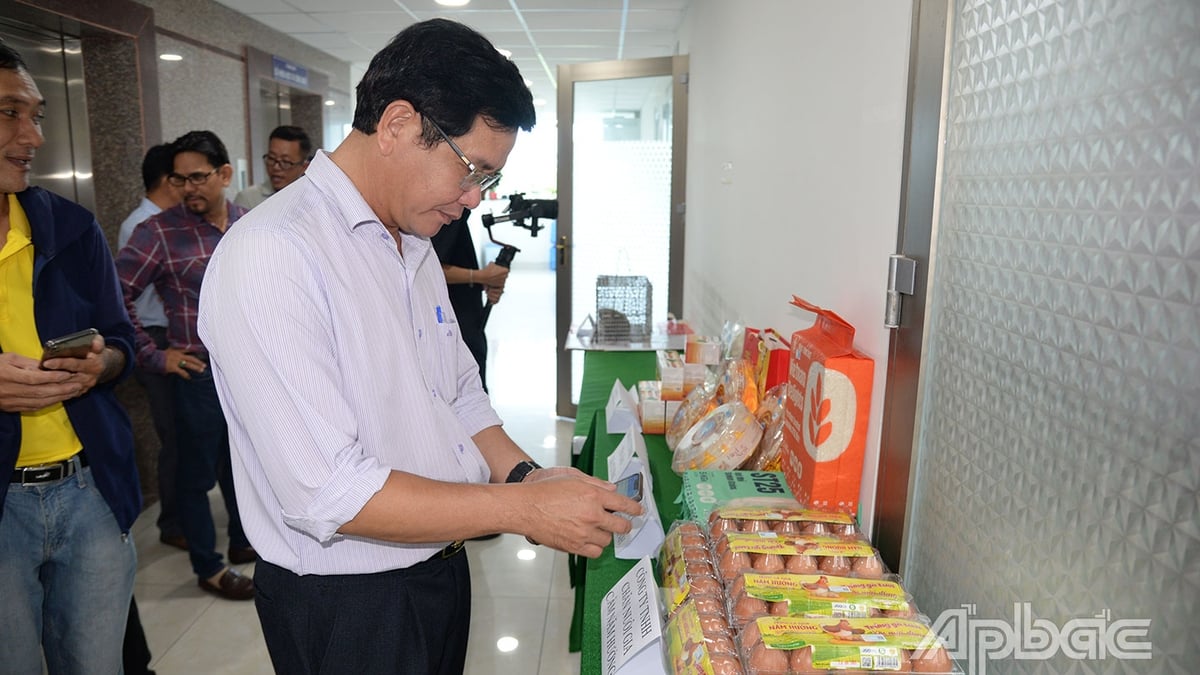




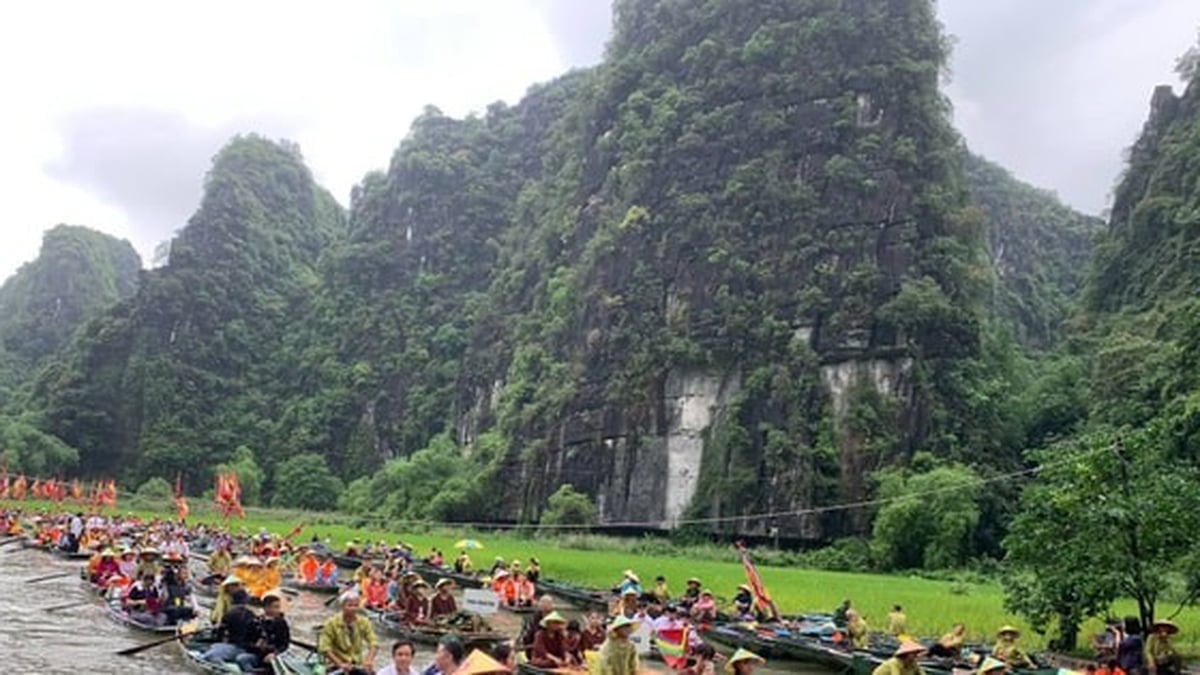
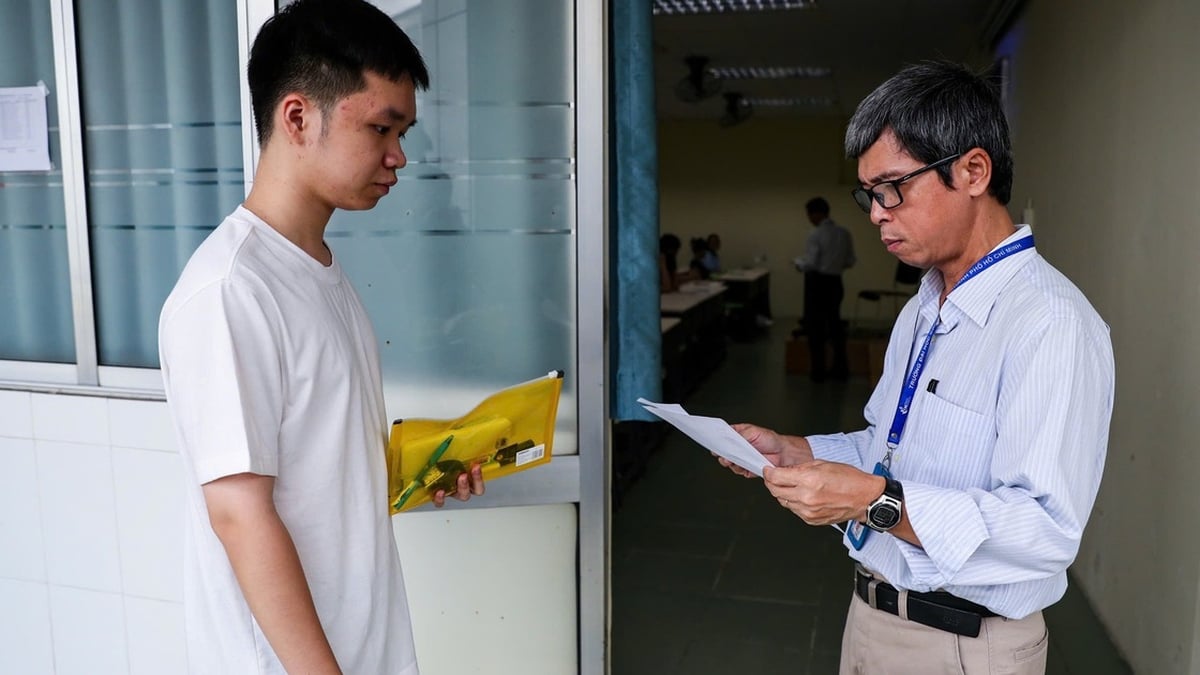












![[Photo] National Assembly Chairman Tran Thanh Man visits Vietnamese Heroic Mother Ta Thi Tran](https://vphoto.vietnam.vn/thumb/1200x675/vietnam/resource/IMAGE/2025/7/20/765c0bd057dd44ad83ab89fe0255b783)


































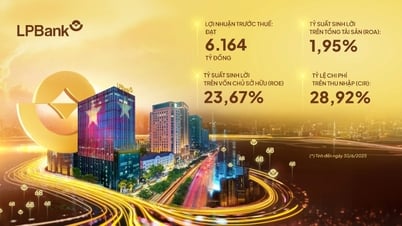
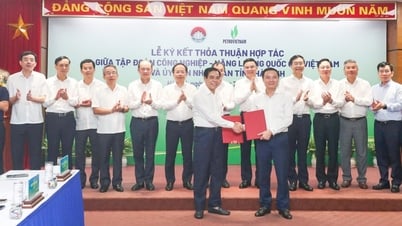
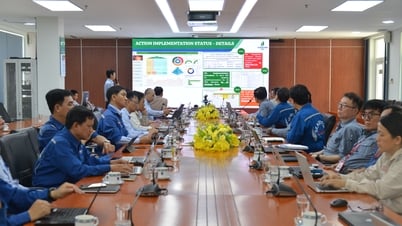



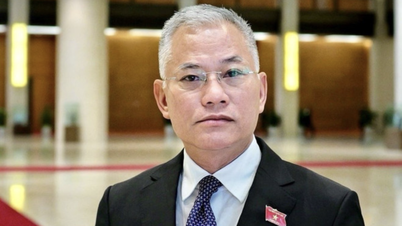
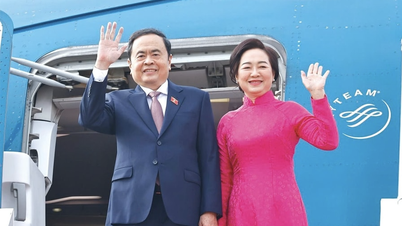
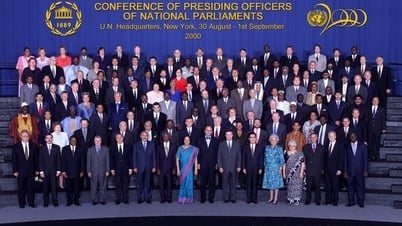




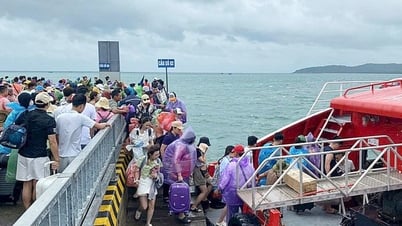
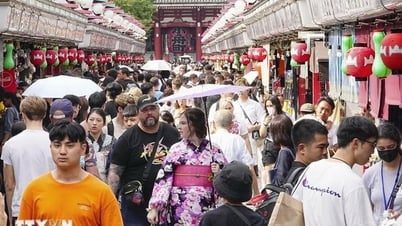

























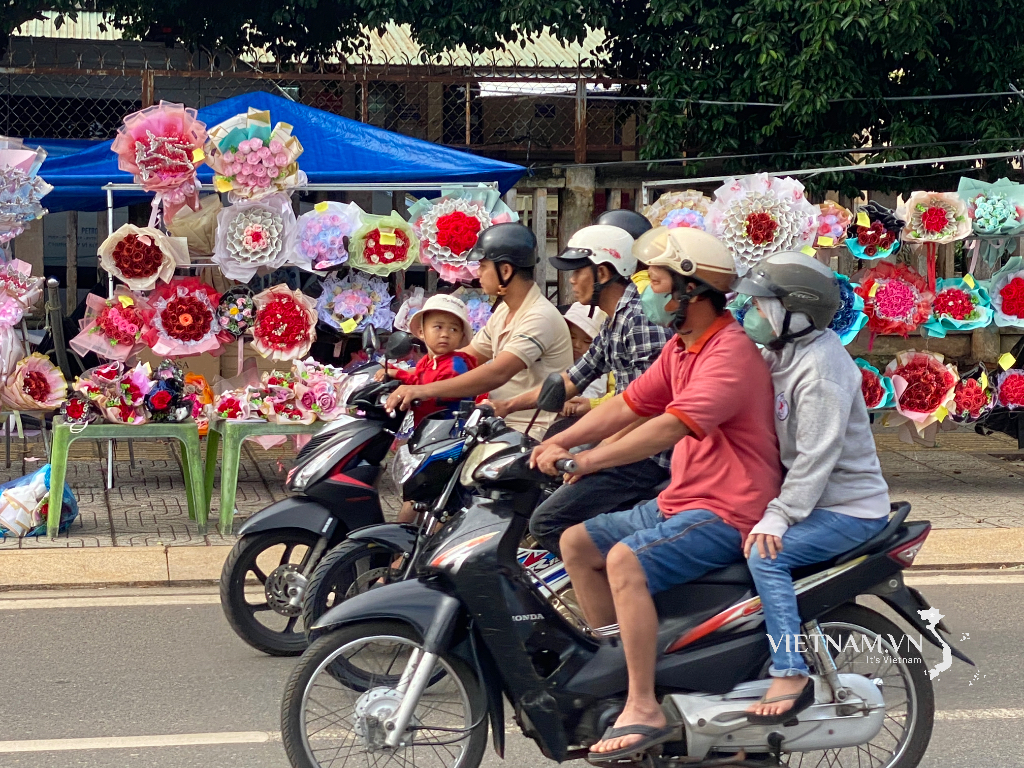

Comment (0)